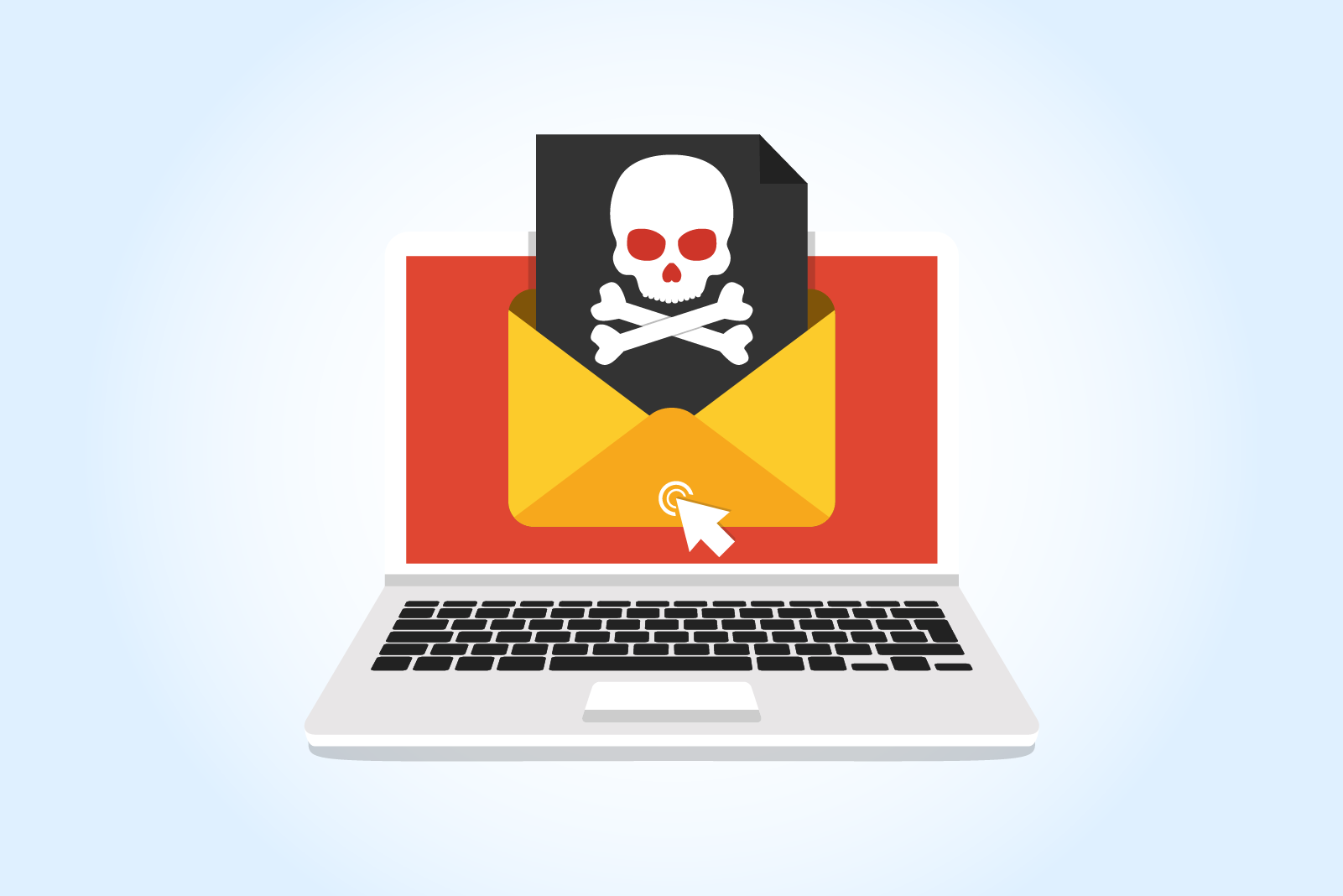In the age of digital information, it’s more important than ever to keep your online accounts secure. That’s why it’s so frustrating when one of those accounts gets hacked. Being hacked is no fun. It’s a violation of your privacy and causes inconvenience. Every day, over 15 billion spam emails are sent out, which means that spam filters are working overtime, and may allow harmful phishing attacks to seep into your inboxes. Last year alone, 83% of businesses were said to be victims of phishing attacks. This year, the figure has increased.
However, there are obvious signs that indicate whether your email account has been hacked. For instance, an email arrives from a company or website that you don’t recognize, or you see a strange activity in your Sent folders.
The obvious sign is when you can no longer access your email account. Once you start to notice these signs, you can guarantee that you’ve been hacked.
But don’t panic, there are critical steps you can take to regain control and secure your Email account.
-
Change Your Password:
This is the first and most important step to take when you suspect that your email account has been hacked. As soon as you realize that something is amiss, go to the website of your email service provider and change your password. If you can’t remember your password, most providers have a process for resetting it. Once you have changed your password, be sure to choose a strong one—one that contains a mix of letters, numbers, and symbols—and make a note of it somewhere safe so that you don’t forget it again.
-
Notify Your Contacts:
If your email has been hacked, it’s likely that the hacker has access to your contacts. So, once you’ve changed your password, let your contacts know that they may have received suspicious emails from your account and that they should delete them without clicking on any links or attachments.
-
Update Your Security Settings:
Once you’ve taken care of the immediate problem—changing your password—it’s time to focus on preventing future hacks. To do this, update your security settings. Most email providers offer some form of two-factor authentication these days (also known as 2FA). This means that in addition to entering your username and password, you’ll also need to enter a code that’s sent to your phone or generated by an app like Google Authenticator in order to log into your account. This makes it much harder for hackers to gain access to your account even if they manage to get hold of your password somehow.
-
Evaluate The Forwarding And Filter Rules:
Check your email filters and forwarding rules once you’ve recovered control. Hackers frequently use mail forwarding rules to make copies of the messages you receive and forward them to themselves. On the support pages of your provider, you can learn how to resolve this.
-
Contact Your Email Service Provider:
You should be able to find links to your email provider’s support and help pages by going to the homepage of that service. This online resource will outline the steps you must follow to recover your account.
Emails have become an essential part of our life; it’s where we receive important information like bills, banking statements, and work correspondence. So protecting it should be a top priority. By following these steps you can help keep your email safe from hackers and prevent further damage if your account does ever gets compromised.
